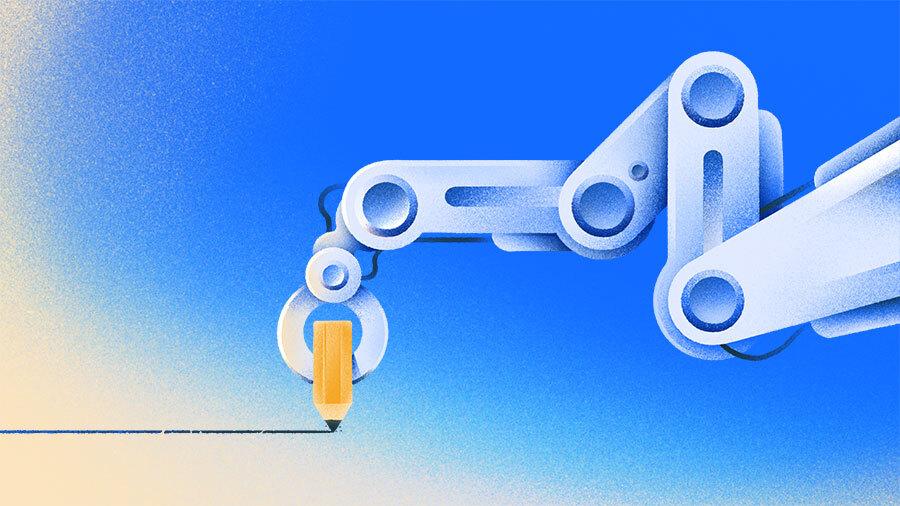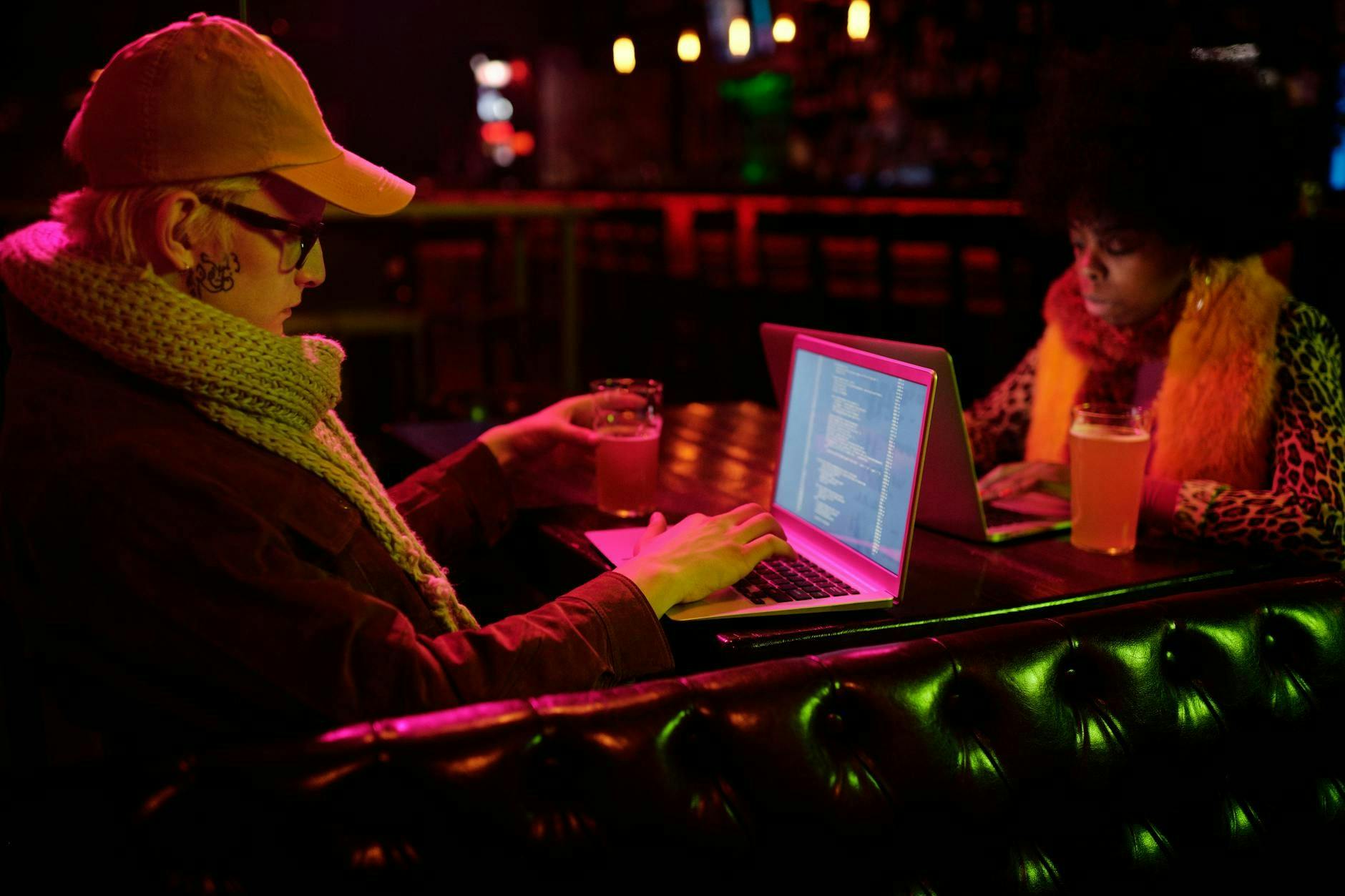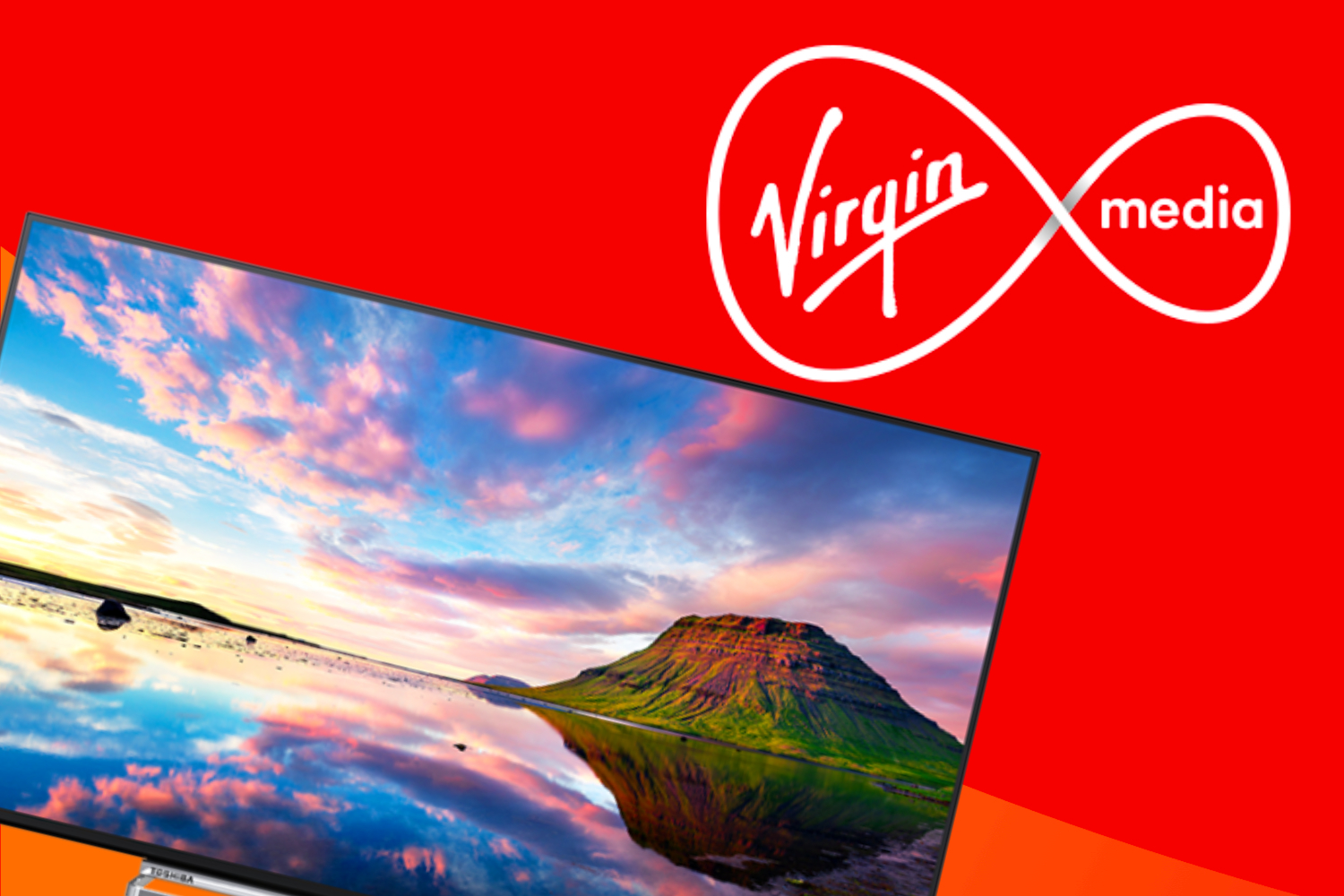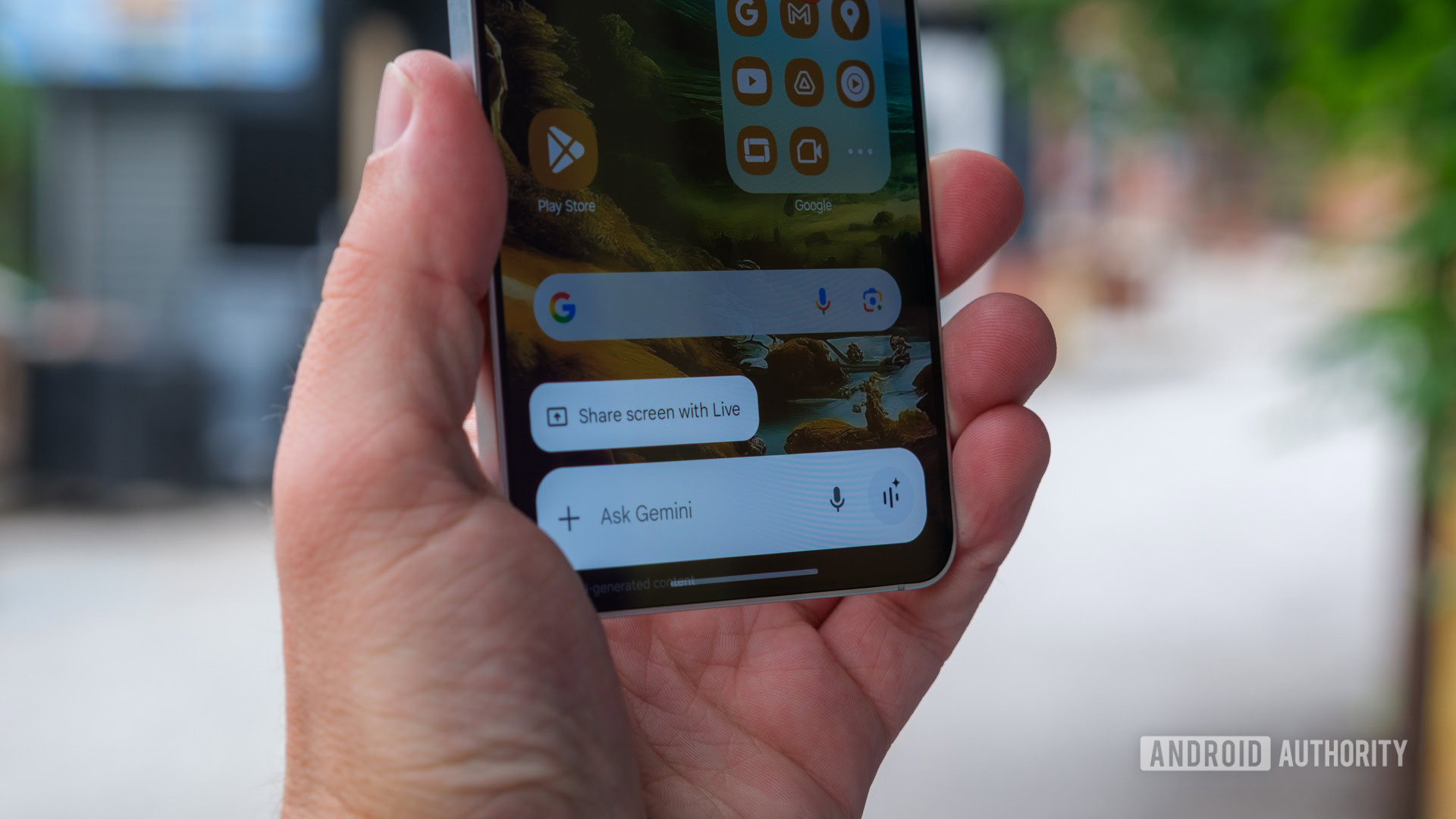Netflix’s recent experiments with Runway’s AI video generation technology marks more than just a tech upgrade — it signals a profound shift underway in Hollywood’s creative ecosystem.
The streaming giant, under the leadership of Ted Sarandos, has openly embraced AI to speed up and cheapen visual effects production, turning what once took weeks of painstaking labor into something achievable in days.
While this might seem like a straightforward efficiency gain, the implications ripple far beyond production schedules and budget sheets. The integration of AI tools is reshaping the very nature of storytelling, the economic lifelines of creative workers, and the power dynamics that govern the industry.
Where does the algorithm end and the artist begin?
Historically, Hollywood has always adapted to technological revolutions — sound, color, CGI — yet AI’s arrival is different. It’s not just a new tool. It’s an autonomous creative force capable of generating imagery, animating sequences and even proposing edits without direct human command.
This blurs the lines between artist and algorithm, prompting a reexamination of what constitutes creativity and craftsmanship. For visual effects artists and technicians — the backbone of blockbuster spectacle — AI threatens to hollow out entry-level and mid-tier positions. The painstaking frame-by-frame work that once provided a path into the industry risks being supplanted by automation. This could concentrate creative control in fewer hands, reducing the diversity of voices shaping our visual culture.
Potential for decentralization
But paradoxically, AI also has democratizing potential. Tools like Runway’s can empower smaller creators, independents and digital-native artists who lack big-studio budgets to produce effects-rich content. Suddenly, a one-person operation can conjure worlds once reserved for teams of hundreds.
This could decentralize Hollywood’s longstanding gatekeeping and nurture fresh storytelling. Yet the question remains: Will the industry embrace this decentralization, or will it instead harness AI to entrench existing hierarchies, commodify creativity and optimize content for algorithmic consumption?
The coming war over content creation
The stakes extend well beyond workers and artistry. For Netflix and other streaming behemoths, AI is a strategic lever in an increasingly cutthroat entertainment landscape. Meta’s Mark Zuckerberg eyeing Runway AI for acquisition underscores a looming tech war over who owns the future of content creation.
The ability to quickly generate and iterate special effects offers studios unprecedented control — lower costs, faster turnaround and the luxury of endlessly testing content for maximal viewer engagement. But this could tip storytelling toward formulaic, data-driven output, where creative risk is stifled by algorithms optimizing for clicks and watch time rather than daring ideas or cultural resonance.
What happens to Hollywood’s workforce as these changes unfold? While AI inevitably replaces certain manual tasks, it also creates new roles — AI supervisors, creative technologists, machine learning editors. The challenge is that these roles often require specialized skills and access to training, meaning the shift will not be seamless or equitable.
Mid-level artists without the resources to reskill may be left adrift. This labor disruption, layered atop an industry already marked by precarious freelance work and systemic inequality, could deepen divides between those who control AI tools and those displaced by them.
Creators rights and other thorny ethical questions
Beyond economics lies an ethical morass. As I have recently covered, AI-generated imagery complicates traditional notions of authorship and ownership. When machines remix and generate new visuals based on millions of prior works — often without consent or compensation for the original artists — what are the rights of creators? Legal frameworks struggle to keep pace, leaving many in limbo.
Audiences, too, may question the authenticity of content created or heavily manipulated by AI. The unique human spark in performance and artistry risks dilution when machines shoulder creative burdens.
Transparency and collaboration
Despite these tensions, the best path forward embraces collaboration between humans and machines. AI should be a co-creator, not a cold replacement. The industry must involve creative workers in how AI tools are developed and deployed, ensuring technology amplifies rather than erases human skill and expression. Labor unions and guilds must negotiate protections that reflect this new reality, guaranteeing fair pay for AI-assisted work and retraining programs that democratize access to new creative roles.
Transparency will be critical. Audiences increasingly demand to know how content is made — not just for ethical clarity but to preserve cultural trust. Imagine a future where productions disclose the degree of AI involvement, enabling viewers to appreciate the hybrid nature of modern storytelling. Such openness could inspire new appreciation for the artistry in directing AI, much as visual effects artists today are celebrated for their craft.
Netflix’s embrace of Runway’s AI signals not just a new chapter in production tech but a watershed moment for Hollywood’s creative and economic future — a moment brimming with dazzling potential and equally profound peril.
The industry faces a crossroads: Wield AI to empower a broader spectrum of storytellers and elevate human artistry, or let it become the blunt instrument that deepens inequality, commodifies creativity and centralizes control in the hands of a few data-rich studios.
This is more than a technological upgrade; it’s a fundamental reckoning about who gets to shape culture in an AI-driven world. The question is not just if machines can create, but who holds the reins when algorithms generate the worlds we escape to — and what happens to the millions whose creativity built Hollywood in the first place. If we fail to keep humanity at the center, we risk trading in artistry for efficiency — and losing the soul of storytelling itself.
In the race to automate imagination, Hollywood must choose whether AI will be its muse or its master — and whether the future of film will be written by many hands or just the cold algorithms of a few.
Aron Solomon is the chief strategy officer for Amplify. He holds a law degree and has taught entrepreneurship at McGill University and the University of Pennsylvania, and was elected to Fastcase 50, recognizing the top 50 legal innovators in the world. His writing has been featured in Newsweek, The Hill, Fast Company, Fortune, , CBS News, CNBC, USA Today and many other publications. He was nominated for a Pulitzer Prize for his op-ed in The Independent exposing the NFL’s “race-norming” policies.
Related reading:
Illustration: Dom Guzman
Stay up to date with recent funding rounds, acquisitions, and more with the
Crunchbase Daily.








